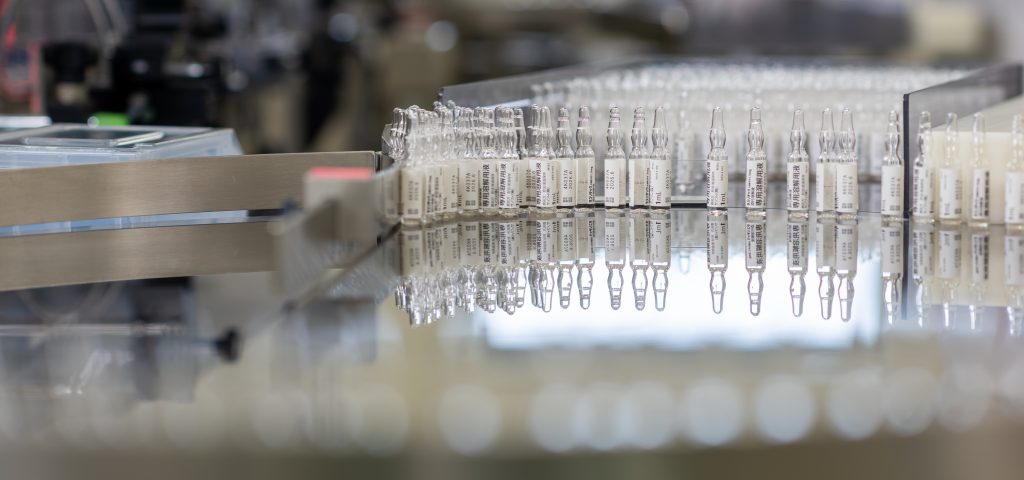In the pharmaceutical industry, ampoules are crucial for delivering sterile liquid medications efficiently and safely. An ampoule is a small sealed vial used to contain and preserve a sample, usually a solid or liquid, and it is crucial to handle them properly to avoid contamination. Ampoules are primarily made from glass, but some are manufactured from plastics like polyethylene. They are designed to protect their contents from air and contaminants and are commonly used in the pharmaceutical sector for single-dose medications.
The Significance of Ampoule in Medicine
Ampoules serve a critical role in the health sector by ensuring that medications are delivered in the safest and most efficient manner possible. The integrity of medicine ampoule packaging is crucial for maintaining the sterility and effectiveness of the drug inside. This is why ampoule drug delivery systems are highly valued in treatments requiring precision and reliability.
Material and Types of Ampoule
When discussing types of ampoules, it’s essential to distinguish between glass ampoule and plastic ampoules. Each material offers unique benefits. Glass ampules are favored for their chemical resistance and impermeability, which make them suitable for many types of medications. However, polyethylene ampoules offer flexibility and are often more resilient against breakage.
Advanced Manufacturing Techniques for Ampoule
Focus on a High-Tech Facility: Livron, France
Our facility in Livron, France, is at the forefront of manufacturing ampoules with a capacity to handle liquids from 1 to 20 ml. This site is particularly adept at producing large batches, ranging from 30 to 1500 liters. The integration of RABS (Restricted Access Barrier Systems) technology and aseptic filling methods highlight our commitment to cutting-edge sterile liquid manufacturing.
The Role of RABS Technology
In the realm of sterile pharmaceutical manufacturing, Restricted Access Barrier Systems (RABS) represent a significant technological advancement that enhances product safety and compliance with regulatory standards. RABS technology involves the use of a physical barrier coupled with an airflow system that separates the product from the operator and the manufacturing environment. This setup minimizes the risk of contamination during the critical filling processes of ampoules.
Enhancements in Efficiency and Quality
By implementing advanced manufacturing protocols and equipment, such as blow-fill-seal (BFS) technologies and fully automatic filling lines, our facilities can ensure high-quality output with reduced contamination risk. These technologies not only support the stringent requirements of why are ampoules used in delivering medications but also improve operational efficiencies.
Innovations Across Global Facilities
Each of our global facilities, from Halden, Norway, with its specialization in BFS ampoules, to Kawagoe, Japan, which houses a fully automatic filling line for small to medium volume ampoules, demonstrates our capability to meet diverse client needs while adhering to the highest standards of quality.
The innovation in ampoule manufacturing is not just about adhering to the existing standards but also about setting new benchmarks in quality and efficiency. As we continue to innovate and expand our capabilities, the pharmaceutical industry can rely on enhanced solutions that meet the evolving demands of healthcare providers and patients alike.
FAQs on Ampoule
How are ampoules manufactured?
Ampoules are primarily manufactured using a process that involves heating a glass tube until it is malleable, then drawing it out to form a sealed container. This process can be automated for mass production using technologies like BFS and RABS to ensure sterility and precision.
What is the purpose of ampoules?
The primary purpose of ampoules is to contain sterile medications in a format that protects the integrity of the contents from contamination and ensures precise dosing for patient administration.
What is the difference between a vial and an ampoule?
The main difference is that an ampoule is sealed and must be broken to access its contents, which ensures sterility and single-use. In contrast, a vial can be resealed and accessed multiple times.
What is the procedure of ampoule?
The procedure for using an ampoule involves ensuring the neck is clean, snapping it open, and then drawing up the contents with a sterile needle or directly dispensing into the required medium. This procedure ensures that the medication is administered in a controlled and sterile manner.
